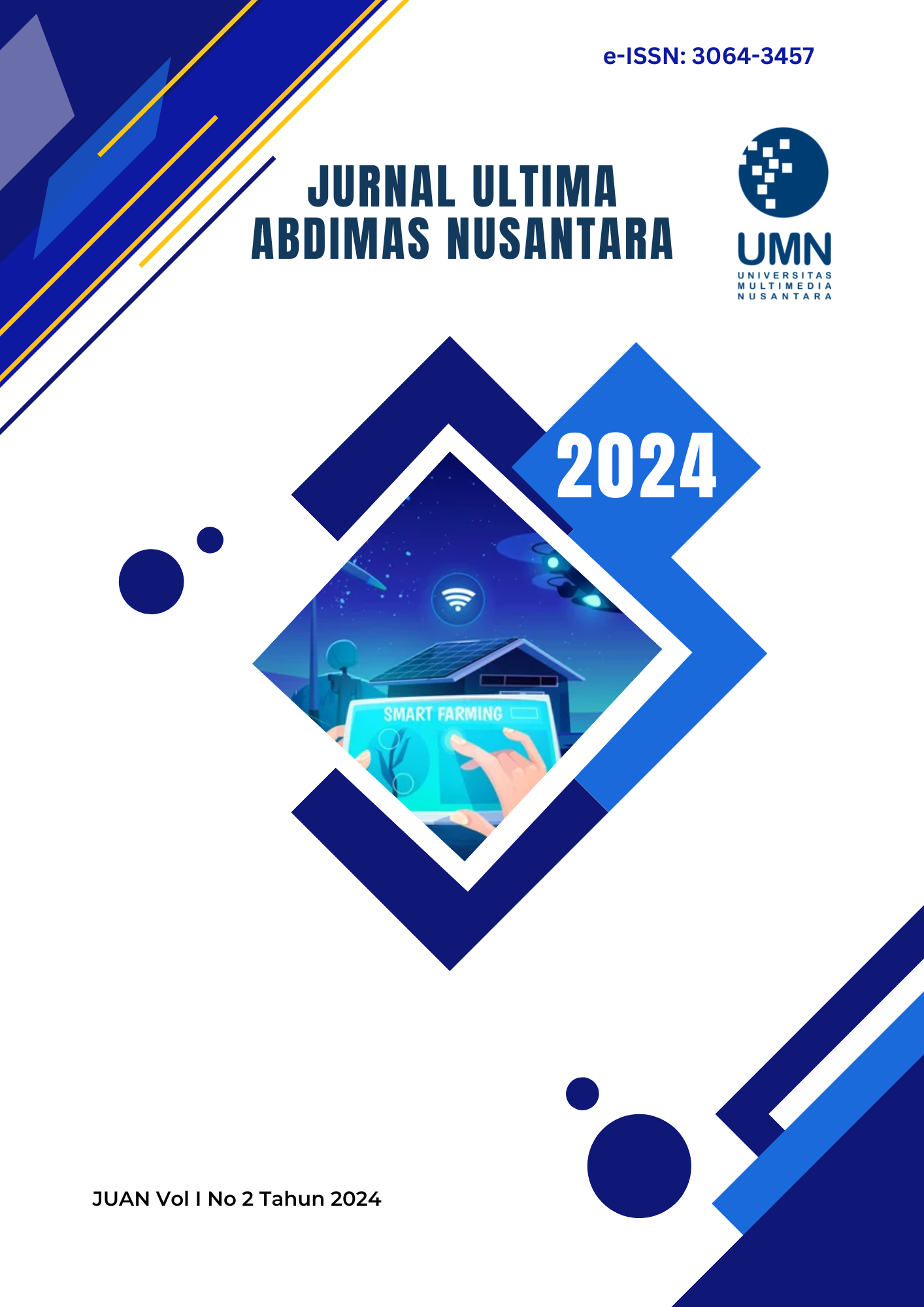BRANDING DESIGN ABOUT BIODIVERSITY SEHATI PROGRAM BAPPEDA TANGERANG REGENCY
DOI:
https://doi.org/10.31937/juan.v1i2.3763Abstract
Environmental issues have become a major issue in the destruction of biodiversity in Tangerang Regency due to the lack of public awareness that causes biodiversity to become extinct. Therefore, BAPPEDA Tangerang District planned the SEHATI Program or Biodiversity School Program to educate students about biodiversity and shape children's character into environmentalists as a first step in public awareness. Although it has been running smoothly for four years, the SEHATI Program does not yet have a logo to represent it, so some schools that do not know about the program cannot easily recognize it. The author decided to design Branding in the form of a Graphic Standard Manual. The research methods used are interviews, observation, and online questionnaire distribution. Then, the research data will be processed through Alina Wheeler's design method from a book entitled Designing Brand Identity which consists of five design stages. From this design method, the author designed the SEHATI Program Graphic Standard Manual which contains a description of the logo, logo elements, logo meaning, and secondary media that will be used by BAPPEDA Tangerang Regency and shown to schools during SEHATI Program activities.










